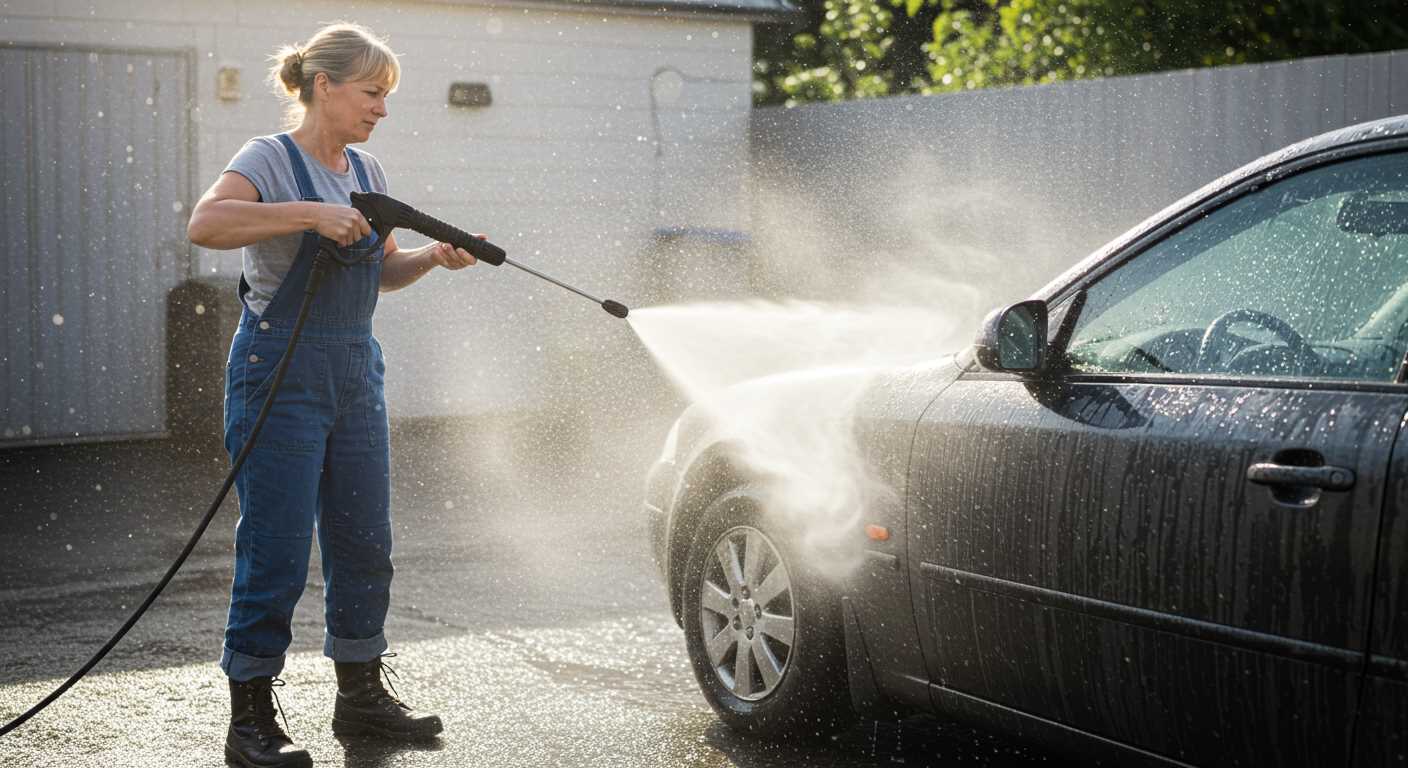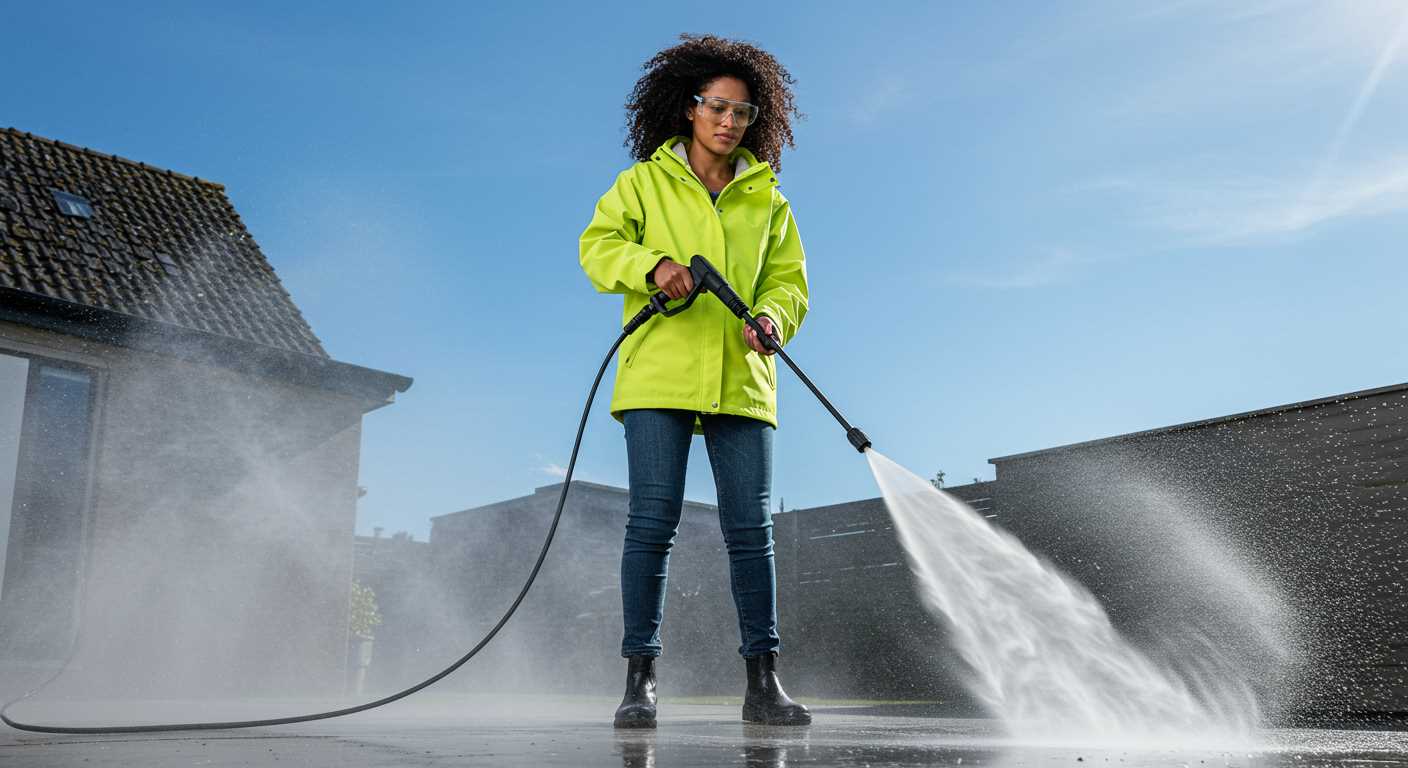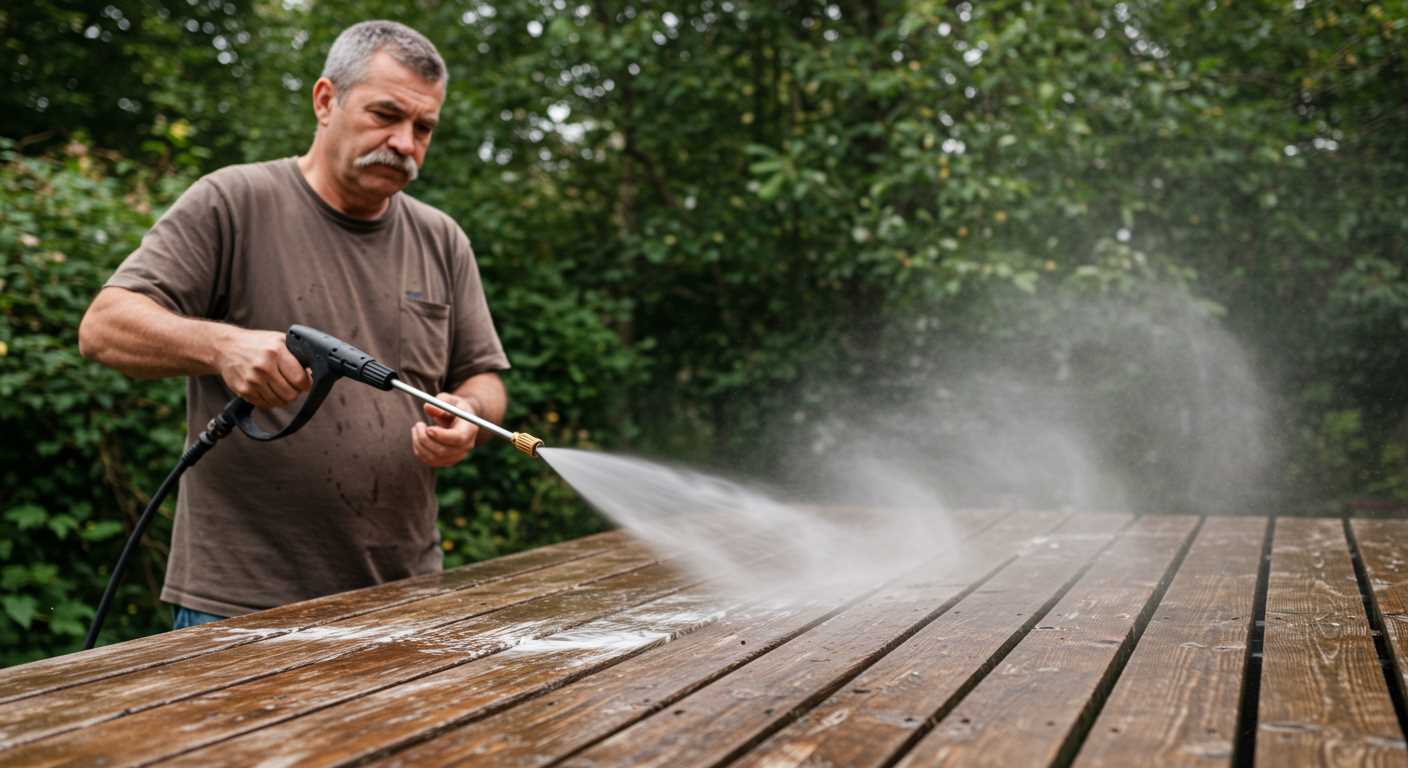



Choosing the correct attachments for your cleaning equipment is paramount for optimal performance. Start by checking the specifications of your device, which often include information about port sizes and compatible nozzle types. Most models have a quick-connect system or threaded connectors, enabling a seamless connection with various tools.
Measure the inlet and outlet sizes accurately. Common diameters are 1/4-inch, 3/8-inch, and 1/2-inch. This ensures that additional nozzles or hoses will fit perfectly without leaks. Don’t forget to consider the pressure ratings of extra components as they should match or exceed the specifications of your machine for safety and efficiency.
Different brands may have proprietary fittings, which can complicate selection. Review the manufacturer’s guidelines or consult with customer service to clarify any compatibility issues. Keeping a list of compatible accessories makes future purchases straightforward and prevents mistakes.
Finally, conducting a compatibility test with various components can expose unexpected discrepancies. It’s an excellent way to confirm that everything you intend to use will work as expected, saving you time and frustration down the line.
Identifying the Type of Pressure Washer Fittings
Begin by examining the coupling system on your apparatus. Most connectors can be classified into two primary categories: quick-connect and threaded fittings. Quick-connects typically feature a simple push-and-lock mechanism, while threaded fittings require a rotational connection.
Measure the diameter of the fitting using a caliper or a ruler. Common sizes for quick-connect fittings include 1/4 inch and 3/8 inch, whereas threaded types usually range between 1/2 inch to 3/4 inch. This measurement is key to ensuring compatibility with your hoses and nozzles.
Next, observe the fitting shape. Some fittings are male (protruding) and others are female (recessed). This is crucial for making sure the components can attach securely without leakage.
| Fitting Type | Description | Common Sizes |
|---|---|---|
| Quick-Connect | Push-and-lock connector for ease of use | 1/4 inch, 3/8 inch |
| Threaded | Rotational connector that screws into place | 1/2 inch, 3/4 inch |
Evaluate the material of the fittings. Brass and stainless steel are more durable and resistant to corrosion compared to plastic. If your equipment is frequently exposed to harsh elements, opting for metal fittings will enhance longevity.
Lastly, ensure the compatibility of the fittings with hoses and nozzles from different brands. Many manufacturers design their components with unique specifications that may not align perfectly. If uncertain, consult your equipment’s manual or the manufacturer’s specifications for optimal adherence.
Measuring the Diameter of Hoses
Begin measuring the diameter of hoses with a calliper or a measuring tape. Wrap the tape around the hose to determine the circumference, then divide by π (approximately 3.14) to find the diameter. For example, if the circumference is 6.28 inches, the diameter will be 2 inches.
Alternatively, use a dedicated hose gauge if available. Insert the hose into the gauge’s measurement slots to quickly find the size without calculations. Be aware that the hose diameter typically ranges from ¼ inch to ½ inch for most units.
While measuring, ensure the hose is straight and not under tension. A bent or twisted hose can lead to inaccurate measurements. Checking multiple sections can provide a consistent reading, helping confirm size when different parts may vary slightly due to wear or manufacturing differences.
For more precise work scenarios, consider measuring the inner and outer diameter. The inner diameter is critical for matching fittings, while the outer diameter determines compatibility with protective coverings. Always write down the measurements for future reference or if you’re considering purchasing new hoses.
Understanding Quick Connect vs Threaded Fittings
Choosing between quick connect and threaded connections is a vital step for compatibility and efficiency. Quick connect fittings offer an effortless way to attach and detach hoses without the need for tools, making them ideal for quick tasks and frequent use. They generally consist of a male and female element that snaps into place, enabling swift transitions between different accessories or hoses.
Threaded fittings, on the other hand, provide a more secure and leak-resistant connection. By screwing the components together, you benefit from a snug fit that withstands higher pressures. This type is preferable for longer-term installations or when working with high-performance equipment. Ensure that the thread size and pitch match up for optimal results, as mismatched threads can lead to leaks or damage.
Advantages of Quick Connect Fittings
Quick connect fittings are designed for ease of use. The convenience factor is significant, especially for jobs requiring frequent changes in attachments. Their lightweight design also means less strain during handling. However, the potential downside is that they may not handle high pressure as well as threaded options and could detach inadvertently under extreme conditions.
Benefits of Threaded Fittings
Threaded connections excel in robustness and durability. They provide a firm hold, minimizing the risk of accidental disconnection during operation. For heavy-duty cleaning tasks or when using high-pressure nozzles, opting for threaded fittings enhances safety and performance. While installation takes slightly more time, the added stability can be worth the effort.
Finding Compatible Nozzle and Lance Attachments
To ensure optimal functionality, match nozzles and lances to your cleaning equipment by checking the attachment system. Start by identifying the connector type on your current lance or nozzle. Most commonly, this will be either quick connect or threaded. Quick connects generally feature a simple push-and-lock mechanism, while threaded attachments screw into place.
Measure the diameter of the nozzle opening if you’re unsure. This can help you find compatible accessories, as diameters typically range between 1/4 inch to 3/8 inch. Adapting adapters might be necessary for compatibility if you have a unique system.
Checking Manufacturer Specifications
Consult your device’s user manual or manufacturer’s website for detailed specifications regarding compatible attachments. It’s common for brands to have specific recommendations, ensuring optimal safety and performance. Ignoring these guidelines may lead to poor performance or, worse, damage to the machine.
Test for Fit

When in doubt, purchase a universal fit nozzle. These are designed to accommodate a range of devices. Attach it and run a test cycle to assess spray pattern and force–ensuring it meets your cleaning needs effectively. Compatibility is more than just size; the performance characteristics matter significantly.
Staying aware of these factors can greatly enhance your cleaning efficiency and longevity of your equipment.
Checking Manufacturer Specifications for Your Model
Refer to the product documentation or manufacturer’s website to identify the specifications for your specific unit. Pay close attention to the following elements:
- Model Number: Ensure you have the exact model. Variations in models can lead to different requirements.
- Connection Types: Look for information on the type of connections your model supports, such as quick connects or threaded options.
- Fitting Sizes: Review the size specifications. This includes inner and outer diameters for hoses and fittings.
- Recommended Accessories: Manufacturers often list compatible attachments that have been tested and verified to work effectively with your equipment.
- Operating Pressure and Flow Rate: Know the limits to prevent using components that may not withstand operational demands.
If your documentation is limited, visiting online forums or groups dedicated to your brand can provide insightful feedback from other users who have experience with your model. They can often share modifications or compatible alternatives based on real-world usage.
Never underestimate the importance of adhering to manufacturer guidelines for safety reasons and optimal performance. An ill-fitting connector can lead to leaks or even damage to the machine.
Exploring universal fitment options for versatility
When seeking adaptability in cleaning tools, focusing on universal connections can expand functionality. Implementing these options facilitates compatibility across different brands and models.
Consider the following universal fitment types:
- Universal quick connect systems: These often feature a standardised design, enabling swift attachment and detachment across various devices. Ensure you have the appropriate adapters to utilise these connections.
- Interchangeable lance designs: Some lances are constructed to accommodate multiple attachments, allowing diverse spray patterns and functions without the need for specific fixtures.
- Multi-sized nozzles: Select nozzles that come with a range of orifice sizes. This variety permits adjustments for different tasks, lending greater flexibility when tackling various surfaces or contaminants.
To maximise compatibility, I advise investing in an adapter set. These kits typically include various fittings compatible with several brands, thus ensuring seamless integration with your existing equipment.
In my experience, maintaining a few spare connectors and adaptable nozzles can significantly enhance operational efficiency. Having these components readily available allows for quick adjustments between tasks, minimising downtime.
Utilising cross-brand accessories not only saves money by reducing the need for dedicated attachments but also simplifies the storage and management of cleaning tools. Embrace the versatility offered by universal fitment options to streamline your cleaning processes effectively.
Assessing the compatibility of aftermarket accessories

Focus on the connectors and fittings of the accessories you wish to use. Verify whether they match your existing equipment’s specifications. Look for detailed compatibility charts provided by accessory manufacturers, which can offer insights into what will or won’t work with your unit.
Material and Design Considerations

Pay attention to the material of the aftermarket product. It should ideally be compatible with the components of your device to prevent wear or damage. Also, examine the design–components that are poorly constructed can lead to leaks or detachment during use.
Consumer Reviews and Recommendations
Explore user feedback on specific accessories. Often, real-world experiences can highlight compatibility issues or successes that specifications alone cannot convey. Prioritise options endorsed by seasoned users, as they typically have tried and tested these accessories extensively.









